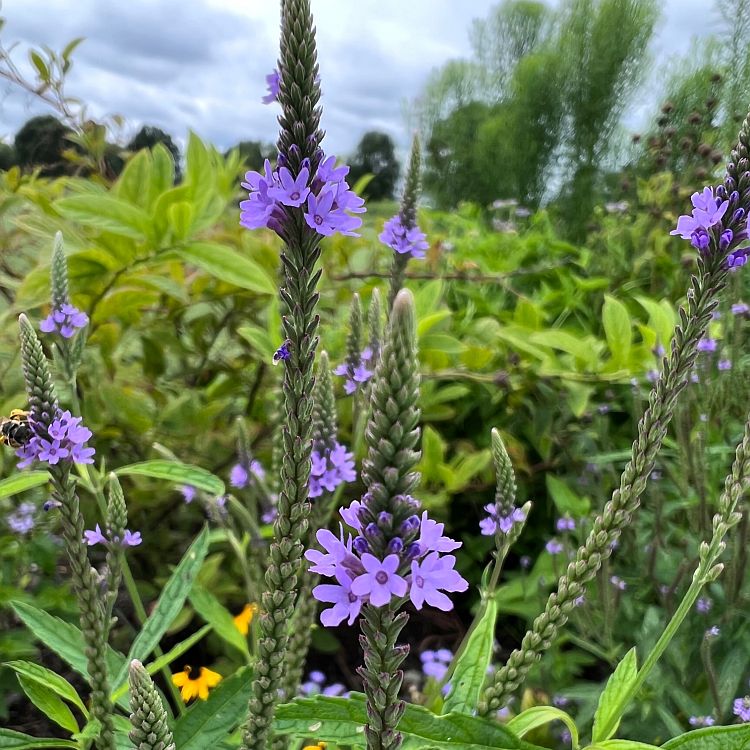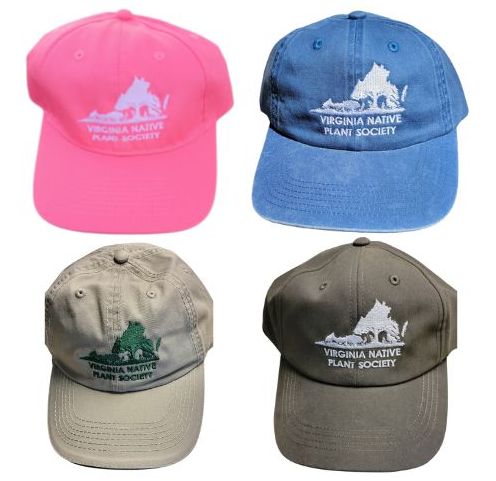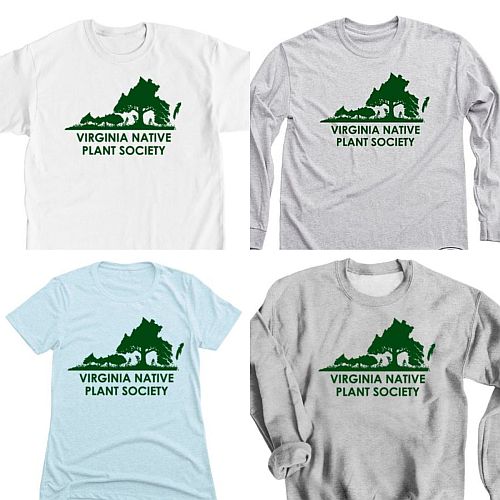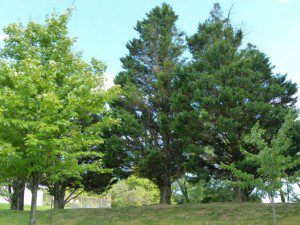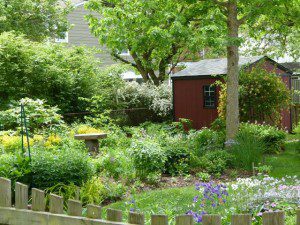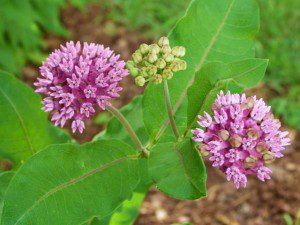News & Updates





• A New Online Dictionary of Virginia Botanical Etymology. This dictionary, compiled and edited by Michael Charters, lists Latin, Greek, and other derivations of botanical and biographic names in Virginia. View the Online Dictionary here. 20 August 2024
Join
Become a Member:
Support Our Mission.
Donate
Support VNPS with
your donation today.
Upcoming Events
Find Field Trips, Meetings, Programs and Plant Sales.
Find a Chapter
Get involved in your
local VNPS chapter.
The Importance of Preserving Our Natural Areas
This year members of the Virginia Native Plant Society will continue their support of natural area preservation throughout the state. These efforts take place at the local and regional level, and VNPS as a whole will focus on raising funds to support land acquisition to expand the Cedars Area Natural Area Preserve. The importance of…
Read MoreTrees Bring People Together
Last Saturday five concerned groups joined forces to show their appreciation for a small park in the city of Alexandria, a park where the biggest shade trees are in danger of disappearing. VNPS members were joined by Tree Stewards, Master Naturalists, members of the local Gladiators basketball team, the West Alexandria Rotary Club, and the…
Read MoreCan Invasive Plants Be Valuable?
Our Capital Naturalist, Alonso Abugattas, recently took action in response to a misinformed article that ran last week in a Virginia paper touting the benefits of invasive, non-native plants. We thought his comments deserving of a wider audience and he has kindly given us permission to print his letter to the editor of that paper,…
Read MoreNative Moths, Native Plants, Natural Connections
My interest in natural history started with birds – their form, color, shapes, and diversity fascinated me! But then in 1981 I got my Newcomb’s Wildflower Guide and that was all she wrote! Plants were my new love – like birds, there was form, color, shape, and diversity; unlike birds, they kept still! I could…
Read MoreHow To Start A Native Plant Garden
How do I start? Many people wrestle with this question after deciding they want to transform their existing yard into a native plant garden. When Susan and Jim Graham first made that decision they described their existing yard as “ mostly turf grass with an azalea mustache;” a look typical of many of the landscapes…
Read MorePlant Profile: Horseweed, Conyza canadensis
The common name may refer to the size of this plant, a robust, coarse summer annual in the Aster Family. Horseweed grows 1 to 6 feet tall on a stout stem often covered with long white hairs. There are a lot of narrow leaves crowded on the stem, which becomes branched near the top. …
Read MoreThe Right Kind of Pollinator Garden
A couple of reminders, if folks will, regarding pollinator gardens, especially those to attract and host Monarch butterflies: The overarching principle for all ecological restoration plantings (i.e., those involving the correct use of native plants in parks, waterways, and natural areas) is to “Do No Harm” to the native flora, communities, wildlife, and natural landscape…
Read MoreSpecialist Bees Need Special Plants
Sam Droege, USGS Patuxent Wildlife Research Center Biologist, and a bee expert who has studied native bees all around the world, gave a presentation on specialist bees and the plants that support them at the Arlington Library on May 11, 2015. The talk was sponsored jointly by the VNPS Potowmack Chapter, and the Arlington Regional…
Read MoreAtlantic Coast Pipeline Update, May 2015
In an attempt to keep our members informed about the process and progress of the construction of the new pipeline through Virginia, we have recently added four documents to the website under the Pipeline tab, (which is listed under ‘Conservation’ in the navigation bar). Our Conservation Chairperson, Marcia Mabee Bell, has been tireless in keeping…
Read MoreHiwassee: A Floral Delight!
The New River Trail provided a welcome dose of colorful spring flowers for the members of our New River Chapter and their friends last month. This trail is is actually a 57-mile linear park that follows an abandoned railroad right-of-way paralleling the scenic and historic New River. Old rail beds make gentle hiking and the…
Read MoreA Call for Citizen Scientists from Virginia Working Landscapes
Our partners at Virginia Working Landscapes are conducting important surveys this summer, and Celia Vuocolo, their Plant and Pollinator Survey Coordinator is making a special call to readers of this blog for their help. In her post, Celia will tell you about the reasons for the research being done, and what it takes to become…
Read MoreSecond Annual Poison Ivy Day
You didn’t know? Well, it’s true. April 1, 2015 is officially the Second Annual Poison Ivy Day. You missed the first Annual PI Day? For goodness sake, you need to pay closer attention! Virginia is the pioneer state on this one, but we are pretty sure others will be following our lead by next year. California…
Read More





